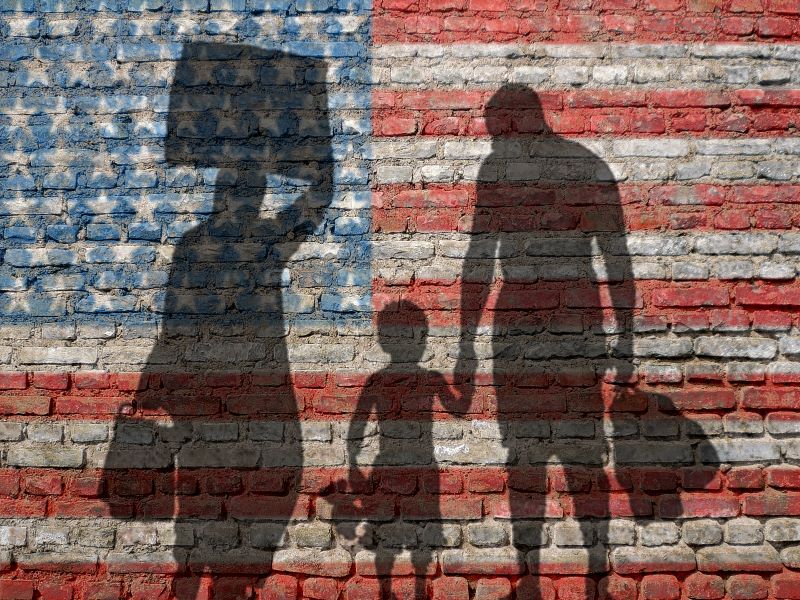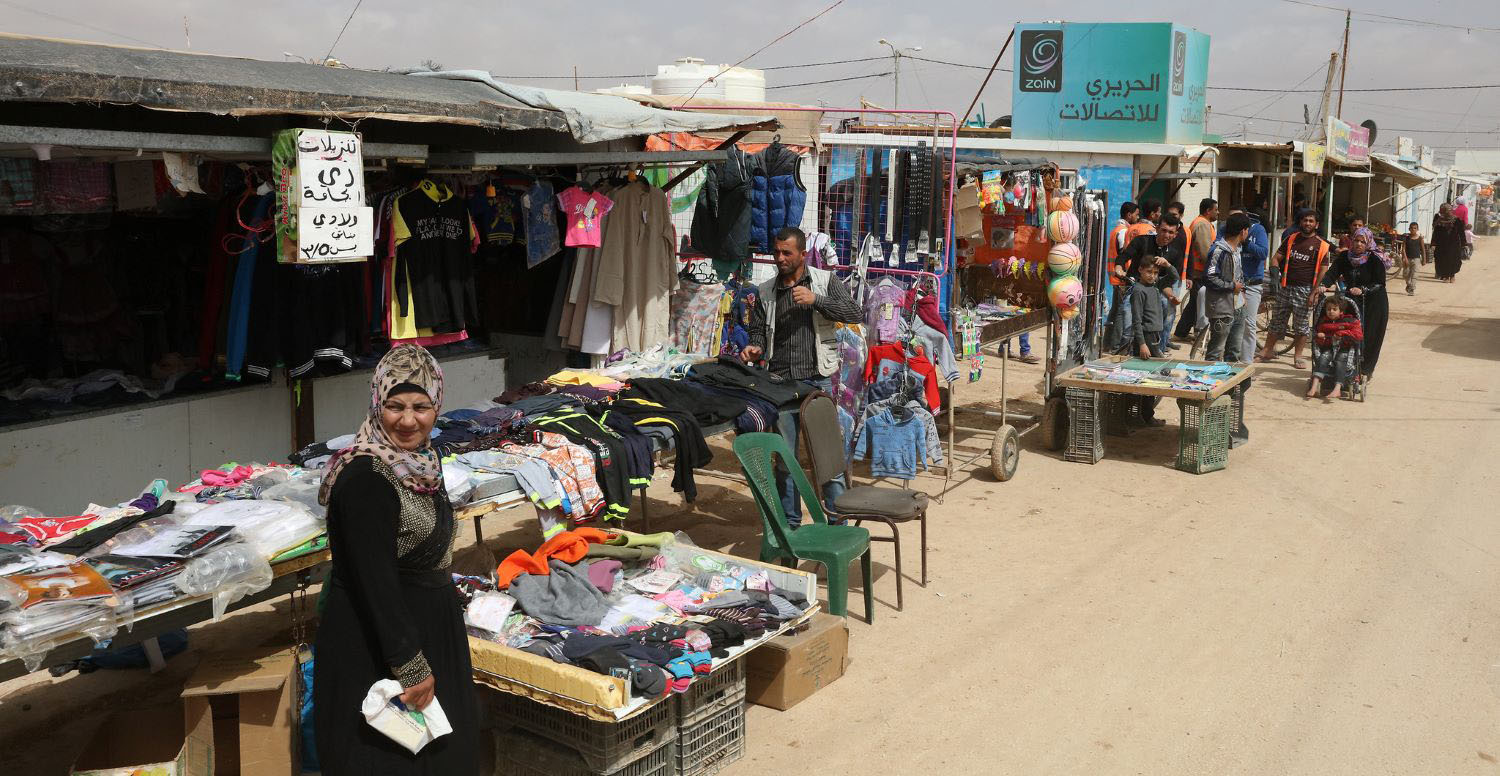Recommended
The United States was once a major haven for refugees fleeing violent persecution overseas. Today it is much diminished. The US severely restricted refugee resettlement beginning in 2017. Annual refugee arrivals plummeted by 86 percent by fiscal year 2020—almost all before the pandemic. It is a door that mostly closed.
Today, with major humanitarian crises in Afghanistan and now Ukraine, that door remains mostly closed. Refugee arrivals in the US have barely begun to recover from the collapse. Afghans are being denied humanitarian parole. The U.S. government has offered Temporary Protected Status, or TPS, to Ukrainians, but it requires that they already be present in the U.S.
The most important effects of refugee exclusion fall on humanitarian and foreign policy. No one thinks that economic effects are a key reason to assist refugees.
But large numbers of voters believe that excessive economic costs are a reason not to welcome many refugees like those fleeing Ukraine now. Little else could explain anti-refugee politicians’ habit of feeding the public inflated, flawed estimates of refugees’ effect on public coffers. That economic effect, they clearly believe, matters.
Do refugees impose an economic and fiscal burden that is the bitter cost of helping those in need? If they do, then the last few years of refugee exclusion should have had clear economic effects. That exclusion should have expanded the US economy and filled public coffers relative to what would have happened if substantial refugee admissions had continued.
Here we explore the potential economic and fiscal consequences of failing to offer refuge to those fleeing war, and how the United States can guarantee that it is not only doing “the right thing” by meeting its humanitarian obligations, but also ensuring shared benefits for everyone involved.
Refugee policy and the US economy
From 2017 through 2020, the United States government drastically reduced the number of refugees and asylum seekers in the country. Annual U.S. refugee arrivals fell by 86 percent and affirmative applications for asylum fell by 68 percent. This was done both directly (through lower refugee quotas and restrictive border closures) as well as indirectly (through reduced budgets and staffing for the responsible agencies).
So, is the US economy better off when humanitarian protections become more limited? No. In fact, the reduction in refugee resettlement actually cost the US economy over $9 billion yearly.
This is because refugees typically work, adding value to the economy at similar rates to native workers. And that work does not take away any labor market opportunities for natives. Areas in the US that received more refugees by happenstance than other areas had indistinguishable labor market outcomes for natives, including for the least skilled.
Figure 1. Refugee Resettlement to the United States, FY2004–2021
Source: Worldwide Refugee Admissions Processing System as analyzed in Clemens (2022).
This graph was created by Michael Clemens to reflect data in the following paper (2022): https://www.cgdev.org/publication/economic-and-fiscal-effects-united-states-reduced-numbers-refugees-and-asylum-seekers
Today, there are roughly 295,000 refugees “missing” from the U.S. population—i.e. those who would be present now if refugee admissions during 2017–2021 had stayed at their 2016 levels—due to the reduction in refugee resettlement. These missing refugees cost the overall U.S. economy over $9.1 billion each year ($30,962 per missing refugee per year, on average) and cost public coffers at all levels of government over $2.0 billion each year ($6,844 per missing refugee per year, on average).
U.S. has a chance not to repeat that same mistake.
These costs will continue permanently even if the US resettles the same number of refugees as in 2016—because all of those refugees that were not resettled were a missed opportunity and remain “missing” from the U.S. population. But now, the U.S. has a chance not to repeat that same mistake.
Despite narratives suggesting otherwise, refugees resettled to the US are relatively more productive workers. Refugees in the US are more educated than non-refugee migrants. For example, they are more likely to have a high school degree, and just as likely to have a college degree. Refugees in the US are also more likely to be formally employed than other immigrants and even U.S. citizens. Refugees have traditionally acquired greater education and English skills after arrival in the US than non-refugee migrants and earn 20 percent more, on average, than other migrants.
The benefits of refugee resettlement
There are clear humanitarian benefits to resettling more people from Ukraine, Afghanistan, Sudan, Venezuela, and Haiti, and those are just the countries that are beneficial from a US foreign policy perspective. Refugee resettlement also yields benefits to international trade agreements and immigration has positive effects on productivity and overall income per capita in the US.
Based on the same data used to calculate the losses that resulted from the reduction in refugee resettlement over the past 5 years, we also calculated what the U.S. economy would stand to gain if it were to resume FY2016 levels of refugee resettlement.
Put differently, relative to 2019 levels, even a 10 percent increase in refugee resettlement to the United States likely causes a gain to the American economy of at least $1.4 billion, and a gain to public coffers (federal, state, and local) of at least $310 million, cumulatively over subsequent years. Turning to asylum seekers: A 10 percent increase in affirmative and defensive asylum seekers likely causes a boost to the American economy of more than $8.9 billion, and a boost to public coffers of more than $1.5 billion, cumulatively over the subsequent years.
If the U.S. were to resettle 10 percent more people, GDP would increase by $1.4 billion.
Nothing in dollars and cents is the main reason of even an important reason to assist refugees. Americans typically want to help refugees for reasons related to their personal convictions and often their faith. But the idea that they do so at a net economic cost is an idea that has no empirical support.
There are up-front costs to assisting refugees, as there are up-front costs to any other economic investment, like buying shares in a mutual fund. As in all such investments, the net benefit is what matters most. As the US recovers from COVID-19, we have a watershed moment to reestablish this country as a haven for those fleeing countries where they are not safe, seeking to help build this one.
Disclaimer
CGD blog posts reflect the views of the authors, drawing on prior research and experience in their areas of expertise. CGD is a nonpartisan, independent organization and does not take institutional positions.
Image credit for social media/web: Adobe Stock






